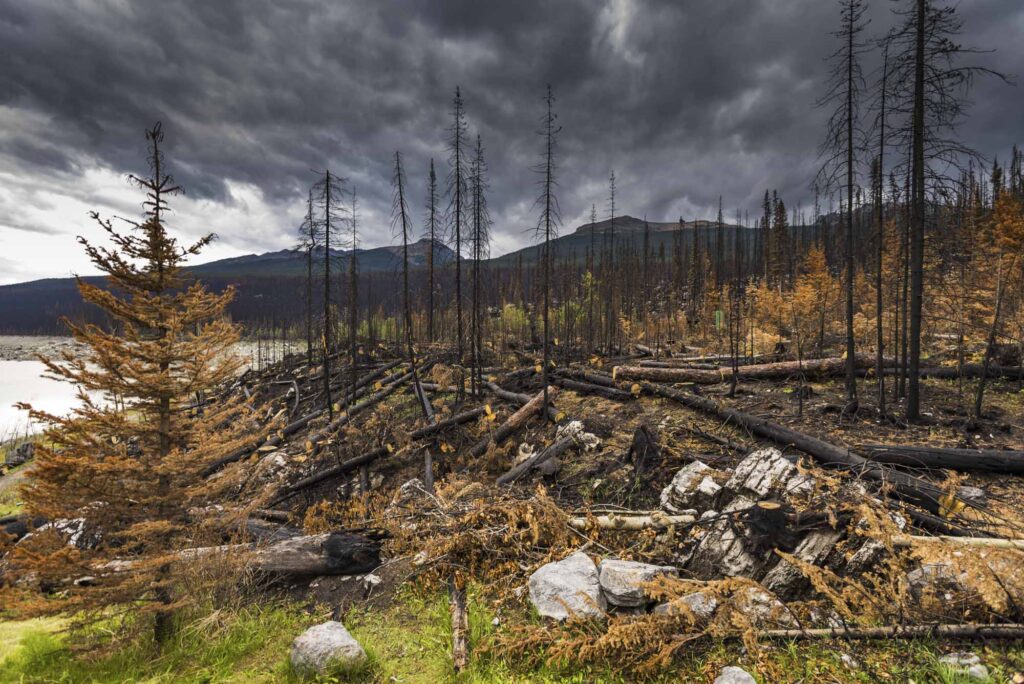Find data summaries in locations you care about
* Each location provided here corresponds to a point location in Canada. The data displayed is for the ~10 km x 6 km grid cell within which the selected location lies. Accordingly, the data does not necessarily reflect the exact point that you select, particularly in areas with varying microclimates.



